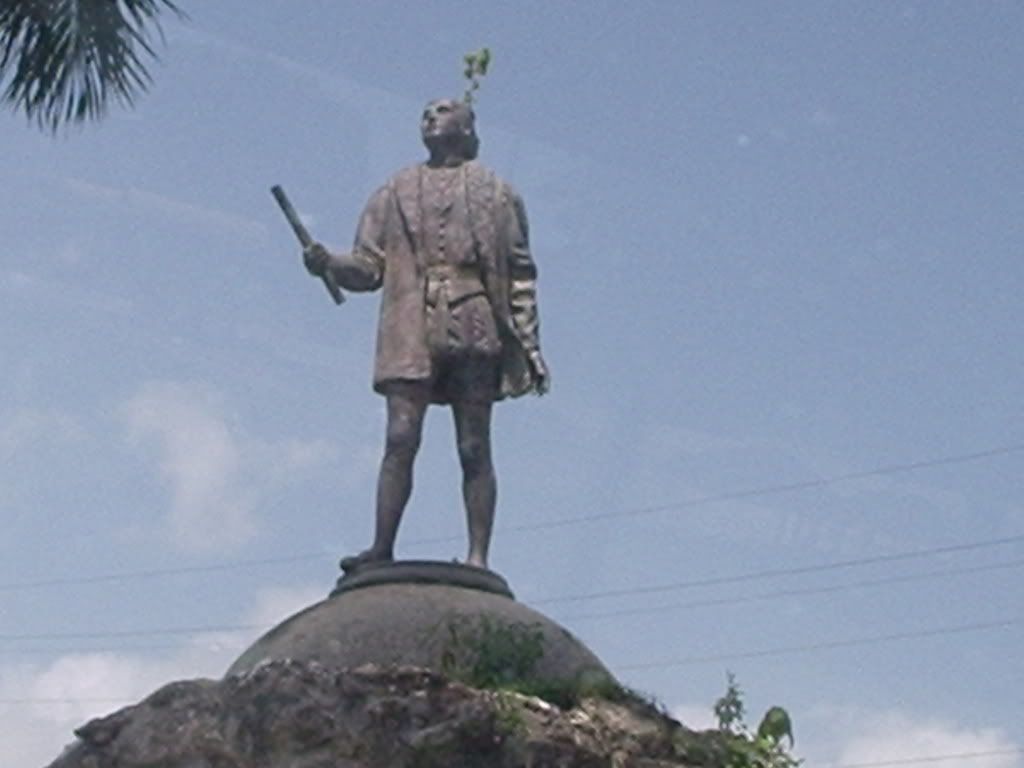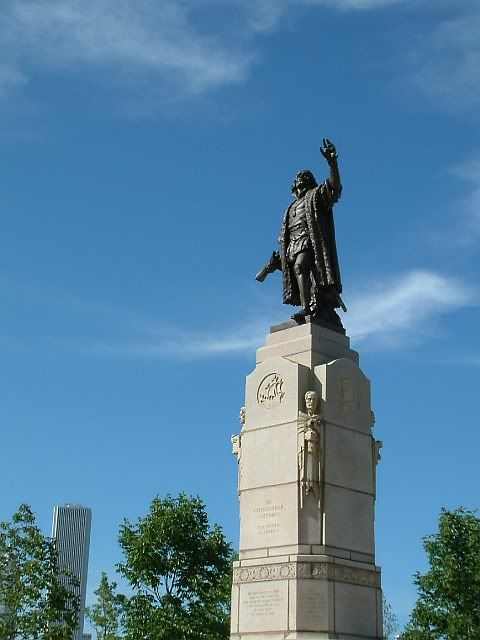Now, tuna everywhere are depleted from their historic lows. That's why I'm glad to see studies like this reaching the public consciousness.
Jeremy's call for a panelist reminds me to note that I will be at the Southern Historical Association annual meeting in Louisville next week. I'll also be at the AHA in San Diego. If you are going to be at either meeting and want to get together to say "hi," drop me a line or post a comment.
Someone please explain this to me. Does Jesus really care if you win a football game? Isn't it just as likely that Satan could be involved in sports? Are we to see the bumper stickers reading "WPDWJR" (Which Pass Defense Would Jesus Run)?
On a more serious note, are people paying attention to this? What are your thoughts here?
Congress has not given final approval to legislation ending federal subsidies for private student loans for college. But Secretary of Education Arne Duncan sent a letter Monday to thousands of colleges and universities urging them to get ready to use the government’s Direct Loan Program in the 2010-11 school year.
The House of Representatives last month passed the Student Aid and Fiscal Responsibility Act, expanding the government’s direct lending and ending the current program of government subsidies and loan guarantees for private lenders. Under that law, all colleges would be required to convert to the federal Direct Loan Program by July 1.
This is an interesting discussion.
And although it pertains to non-college students, it is still applicable. What are your views on instructors revealing their political opinions to students? I poll my students in my 100-level classes after each election, asking them who they thought I had voted for. It usually splits about 50-50.
I don't ask my upper-division students. By the fourth or fifth year, they've been around the department long enough to know me outside of the classroom. They all know by that point.
Your thoughts?
And you thought 8am classes were bad.
The Obama administration is calling for an overhaul of college programs that prepare teachers, saying they are cash cows that do a mediocre job of preparing teachers for the classroom.
No kidding.
Would you submit?
Many colleges now require criminal background checks of all new employees. But the University of Akron -- in what some experts believe is a first -- is not only requiring a criminal background check, but is stating that new employees must be willing to submit a DNA sample.
This will be one of the last postings on this blog. Sorry.
 The beer of the week is Schlafly Beer. There are a couple of reasons to like this beer. First, it's got good quality. Second, it's inexpensive--around $7 for a six pack where I live.
The beer of the week is Schlafly Beer. There are a couple of reasons to like this beer. First, it's got good quality. Second, it's inexpensive--around $7 for a six pack where I live. Finally, they're succeeding right in the belly of the beast. They're brewing beer in St. Louis, for god sakes. Right under the eye of Sauron! And they're doing it well.
I've not had every beer they make, but I've had most of them. To be sure, these are not world-class beers. They make some very good beer, sure. But this is good sipping beer--hanging out watching a game, sitting with friends, drinking a beer.
On the unusual side, I like their coffee beer, although I'm not a fan of coffee. On the other side, while this reviewer really liked the American Pale Ale, I find that beer to be an example of what's wrong with the American tendency to think that if a bit of something tastes good, then a lot of the same thing must taste better. Way too much hops, which destroy the malt flavor. I think it's all out of balance.
That having been said, their Pilsener, Pale Ale, and Kolsch are all excellent beers.
This are good, low-cost beers and well worth trying, if you haven't already.
Labels: AndrewMC, Friday Ramblings





 My colleague
My colleague 









